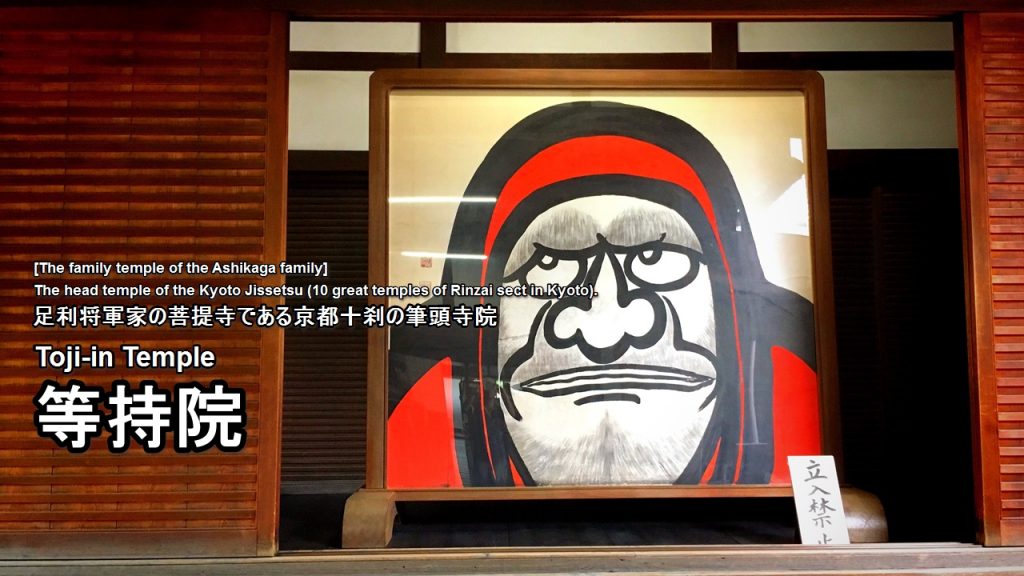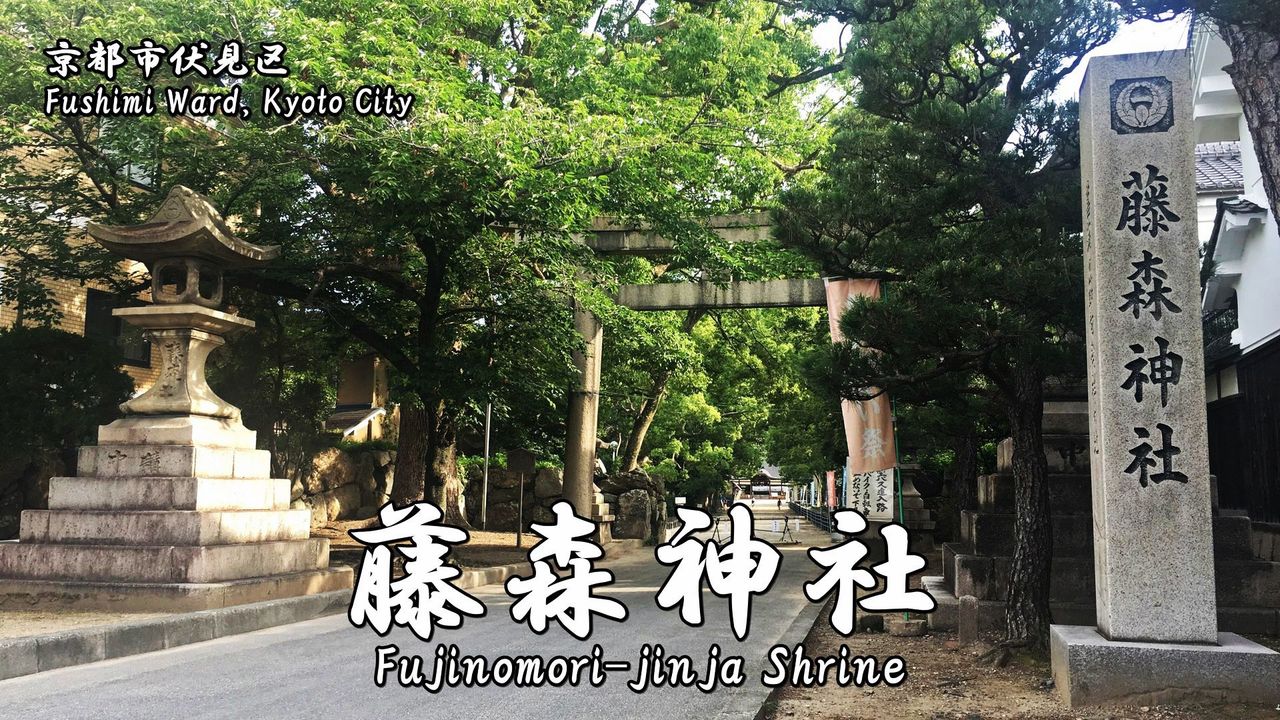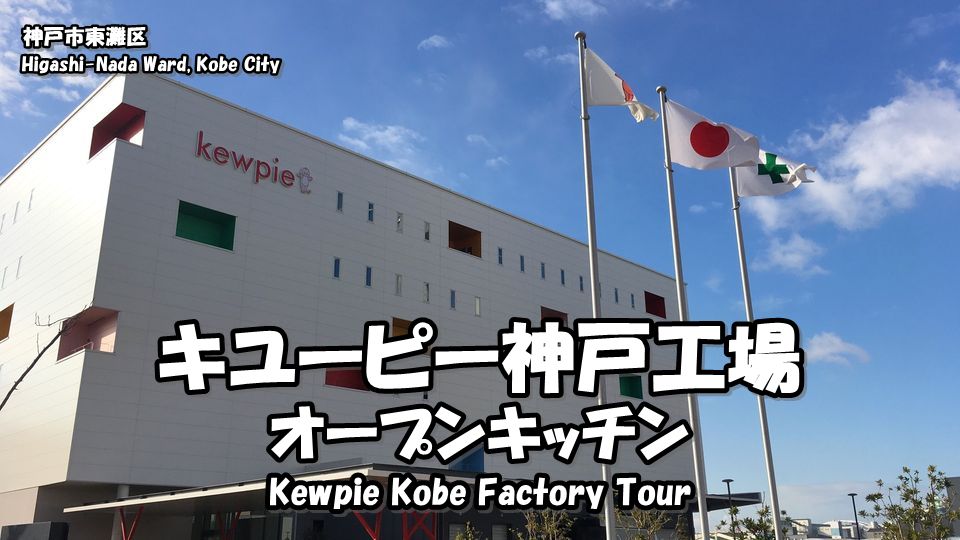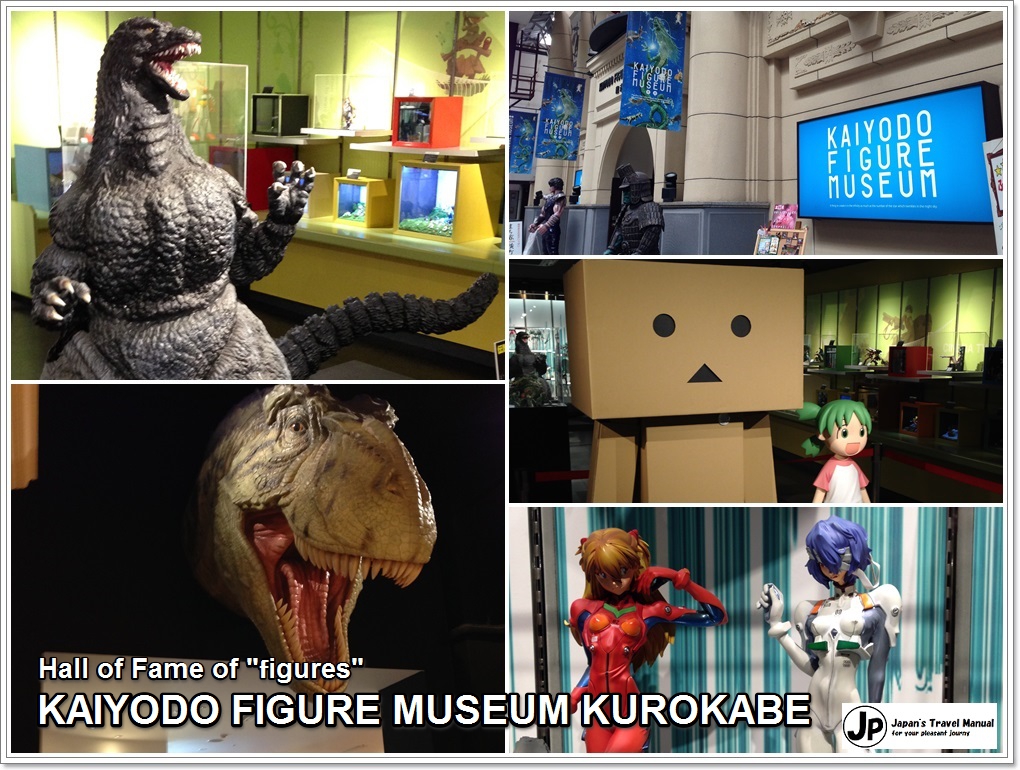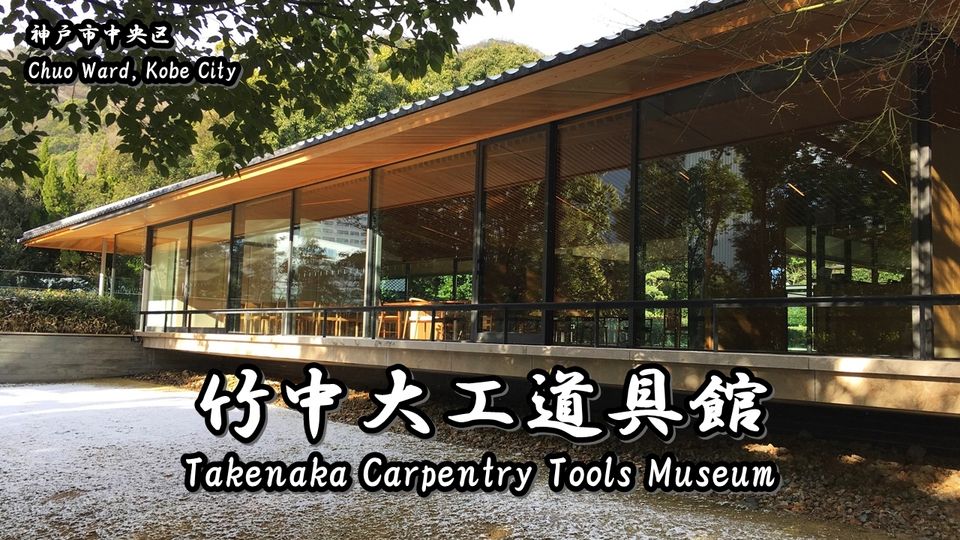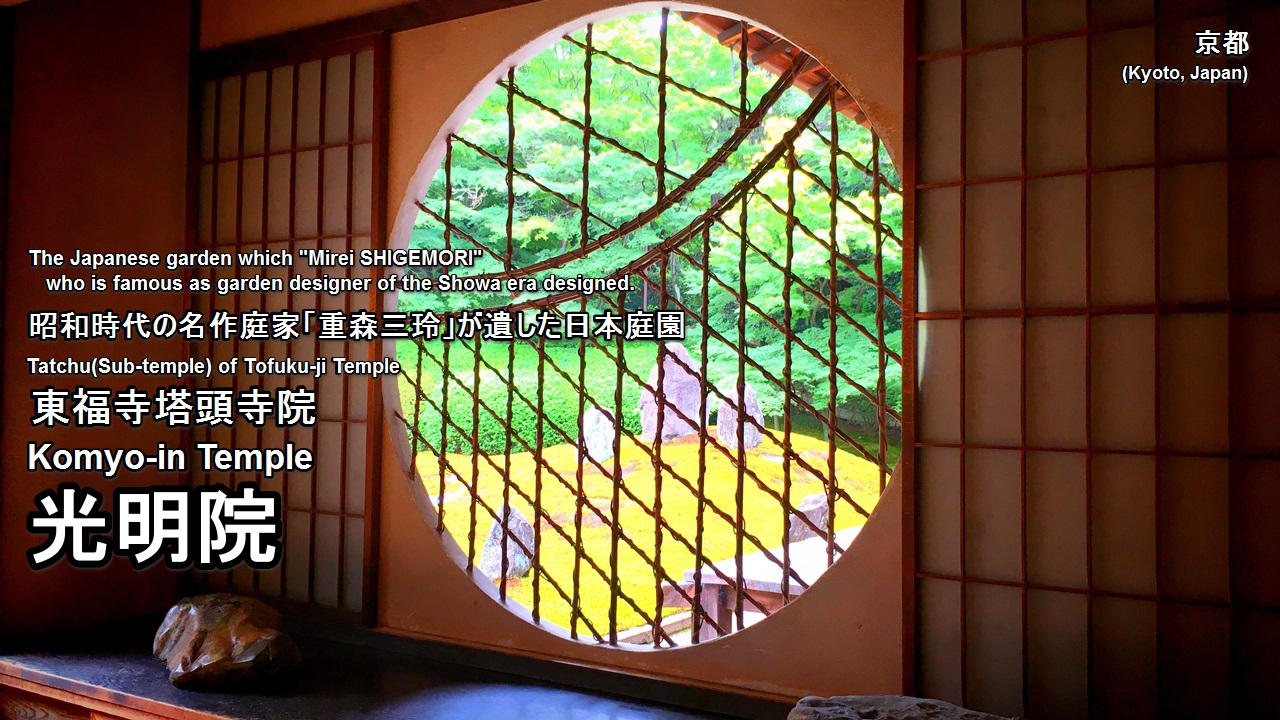Toji-in Temple is a Buddhist temple belonging to the Tenryu-ji school of the Rinzai sect located in Kita Ward, Kyoto City, Kyoto Prefecture (Kyoto City).
This temple is the family temple of the Ashikaga family which is the prestigious family of the Muromachi era, and was built in 1341 by Takauji Ashikaga who is the ancestor of the Ashikaga family.
(The family temple is the temple which there is the grave of ancestors.)
Takauji Ashikaga (1305-58) was a general from the late Kamakura period to the Northern and Southern Courts period.
He established the Muromachi Bakufu(Shogunate) at Kyoto and was also the 1st Seii Taishogun of the Muromachi Shogunate and reigned from 1338 to1358
This temple is the temple which these Ashikaga family left us.
This temple has the highlight such as the Darumazu(Paintings of Daruma) and the Japanese garden.
Contents:
- About Toji-in Temple
- Highlights of Toji-in Temple
- Goshuin of Toji-in Temple
- How to get to Toji-in Temple
1.About Toji-in Temple
Tōji-in (等持院) is a Buddhist temple of the Rinzai Tenryū sect located in Kita Ward, Kyoto, Japan, and one of two funeral temples (bodaiji) dedicated to Ashikaga Takauji, first shogun of the Ashikaga dynasty. Its main object of worship isShakyamuni,[1] and its honorary sangō prefix is Mannenzan (萬年山).
引用(citation):https://en.wikipedia.org/wiki/T%C5%8Dji-in
Open:9:00~17:00
Admission Fee:500 yen(High school student or older), 300 yen(Elementary / Junior high school student)
Adress:63, Tojiin Kitamachi, Kita-ku Kyoto-shi, Kyoto, 603-8346, Japan
Phone Number:+81-75-461-5786
Toji-in Temple is a Buddhist temple belonging to the Tenryu-ji school of the Rinzai sect.
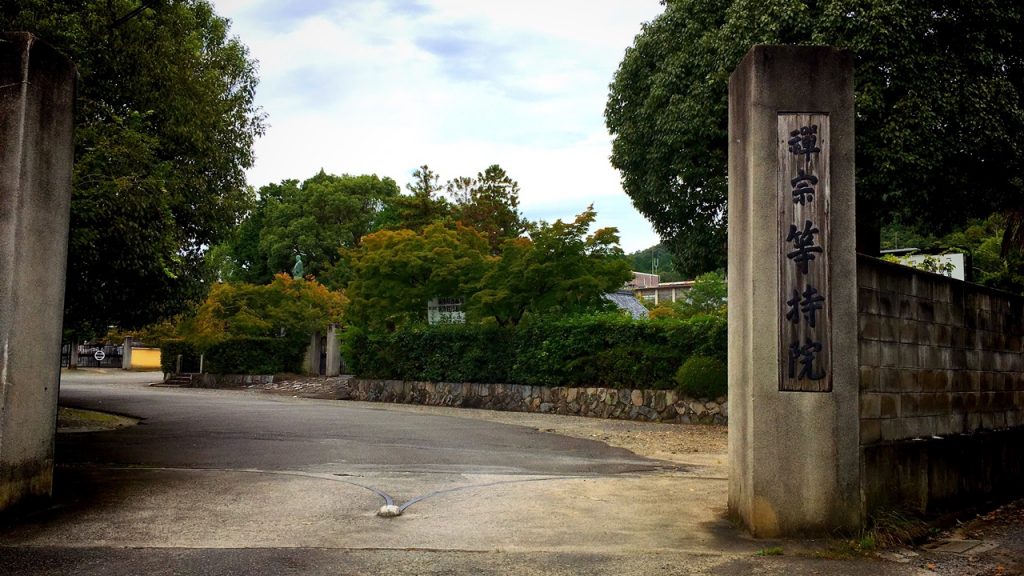
This is a bronze statue of Shozo Makino.
He is a first Japanese movie director.
He built and opened ‘Tojiin Studio‘ in this temple. (This studio has been already closed now.)
Therefore, it can also said to be the birthplace of the Japanese movie.
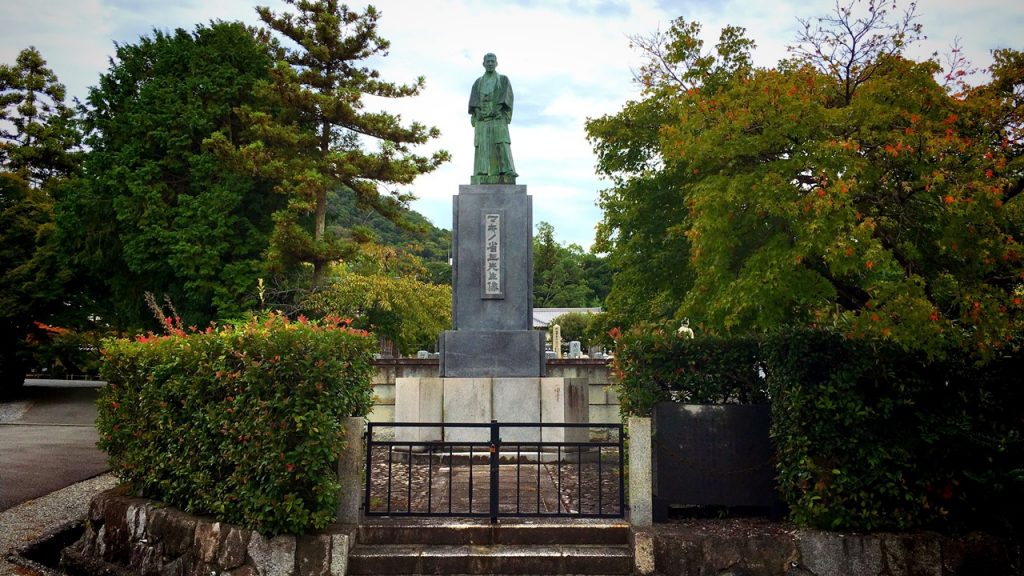
We can see the Sanmon gate (temple gate) when we go ahead through the approach to a temple.
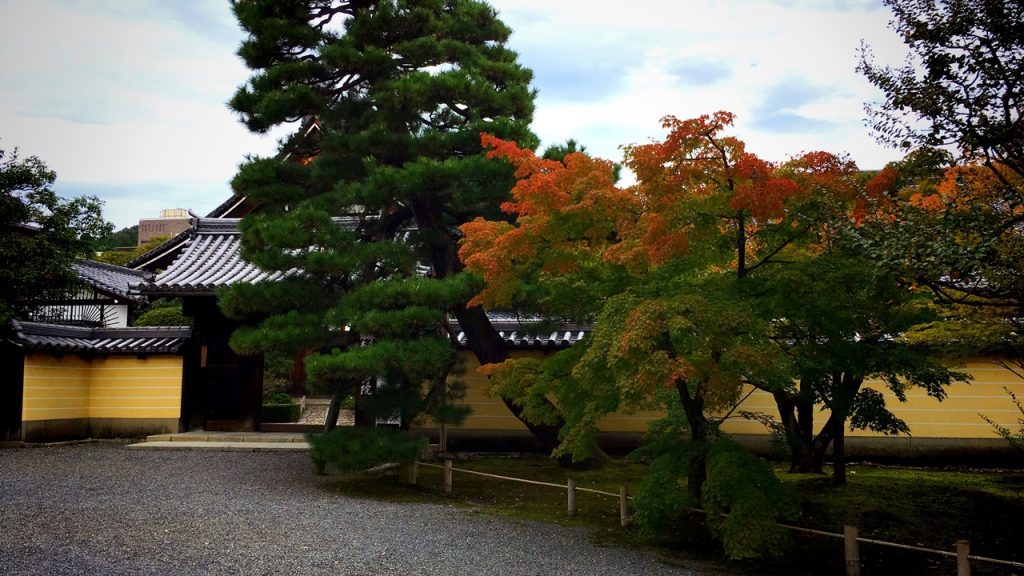
The temple of Kyoto is often a famous place of colored leaves.
This temple also is famous as one of the famous place of colored leaves in Kyoto.
(The middle of November is the peak of colored leaves of this temple.)
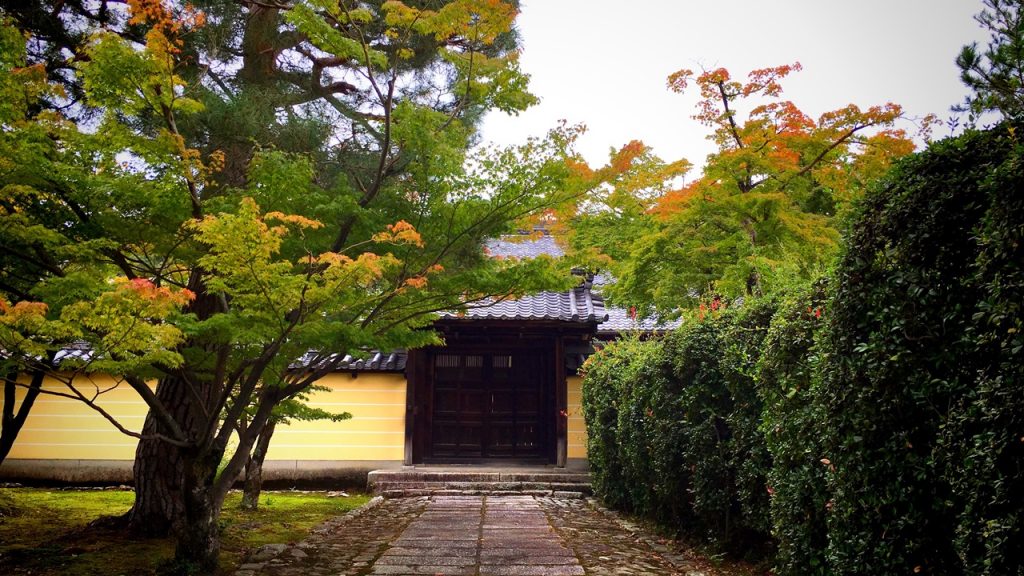
This is the bell tower just before the Sanmon gate (temple gate).
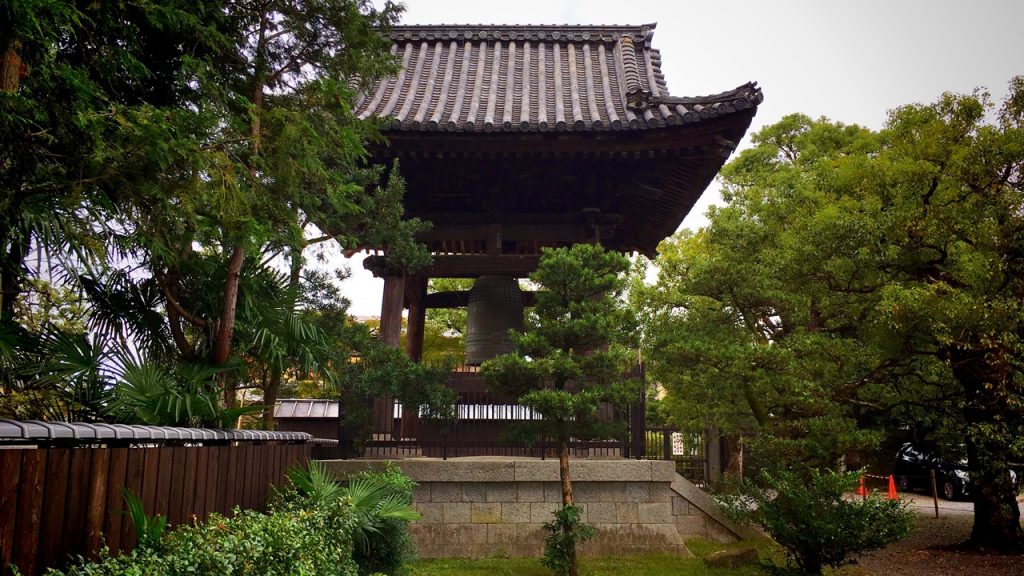
This is the Sanmon gate (temple gate).

An exhibition called “Jihoten(寺宝展)” showing the treasure of the temple in October is held at this temple.
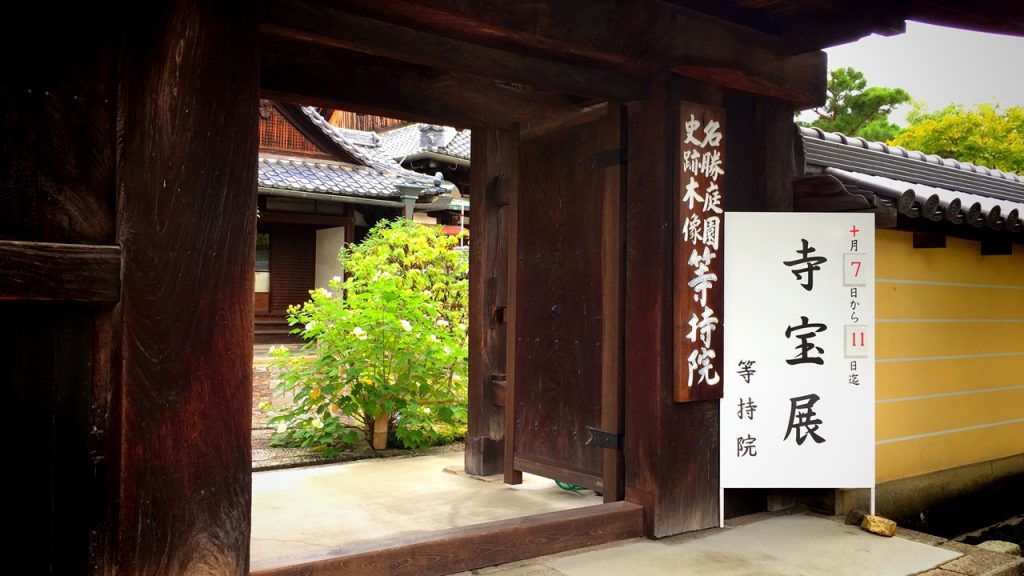
This is the Kuri(monks’ living quarters) which is the entrance of the precincts of this temple.
Admission Fee is 500 yen. (High school student or older)
(It is 600 yen during the holding period of the exhibition.)
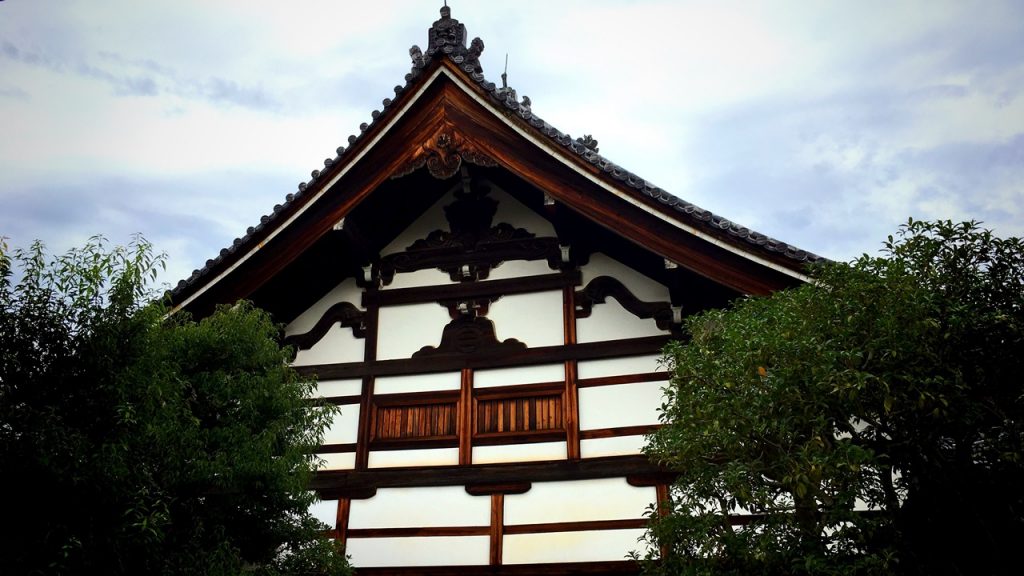
<
2.Highlights of Toji-in Temple
There is the big Darumazu(Paintings of Daruma) which is one of the highlight at the entrance of this temple.
This painting is really powerful, isn’t it?
This Darumazu was drawn by Seki Bokuo who was a Buddhist priest of the Rinzai sect.

The Rinzai sect that Toji-in Temple belongs to is one of the group of the Zen Buddhism.
Bodhidharma who was an initiator of the Chinese Zen Buddhism is drawn on this picture.
The Darumazu is displayed frequently at the temple of the Zen Buddhism. (○´艸`)
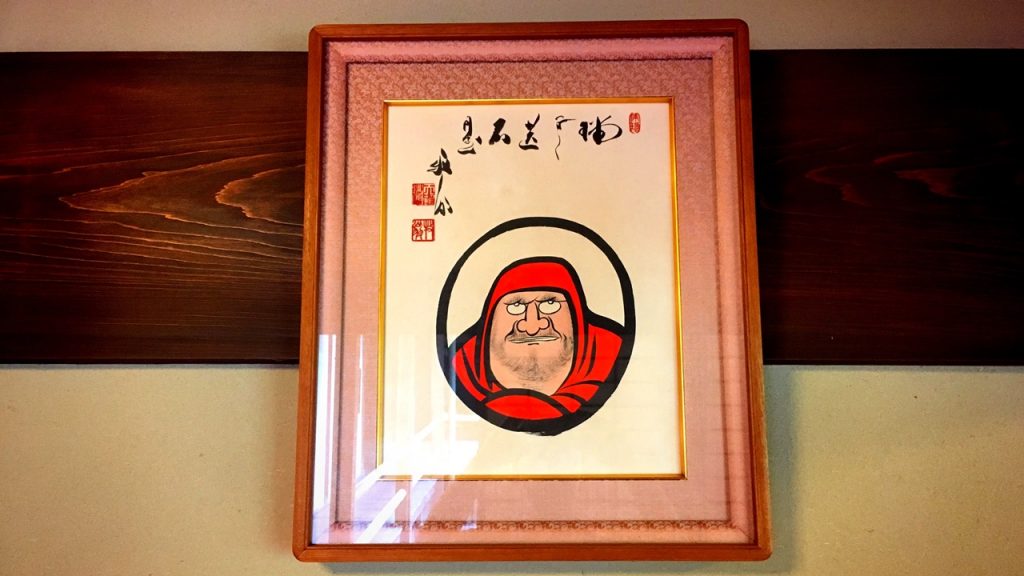
This is the south garden to look at from the building called “Hojo (Abbot’s Quarters)“.
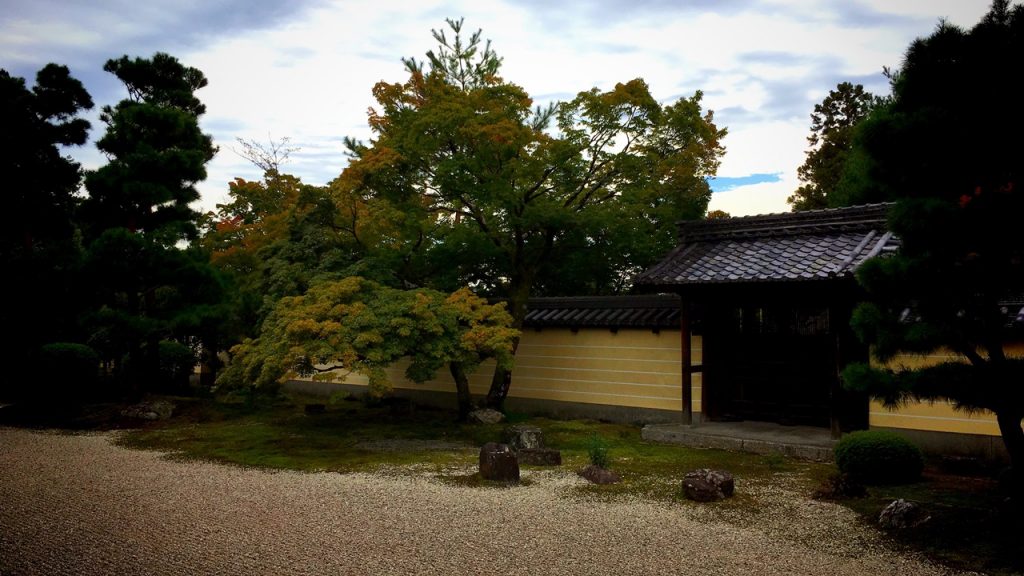
This is the Reiko-den hall.
A wooden statue of successive General Ashikaga is enshrined in this building.
*Photography and video recording are prohibited in this building.
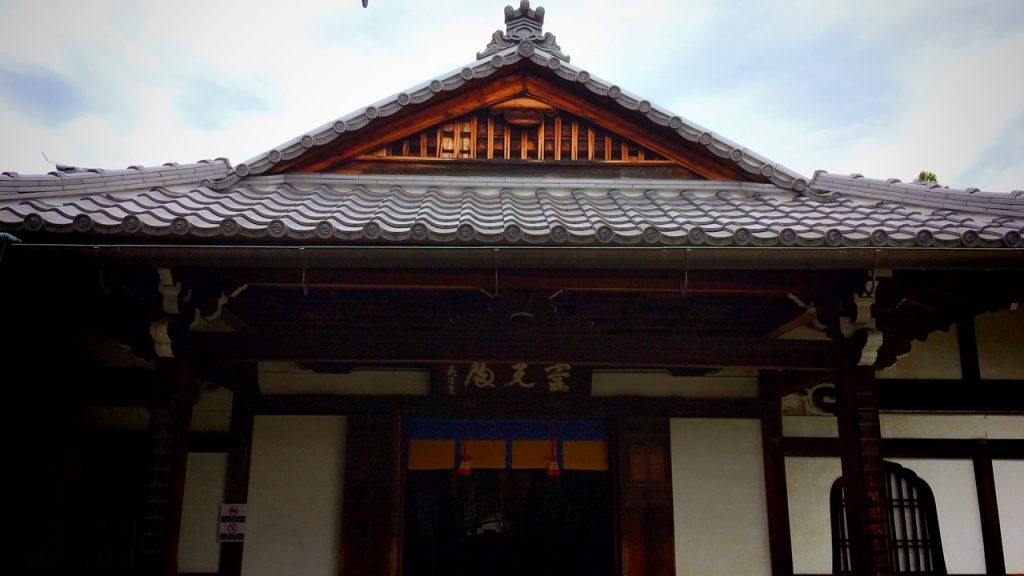
There is the Japanese garden which is called “the Japanese garden with a pond in the centre” in the north side of “Hojo (Abbot’s Quarters)”.
This garden was made by “Muso Soseki” which was a garden designer which represented the Muromachi era.
He made also the garden of Tenryu-ji Temple and the garden of Saiho-ji Temple which is famous as moss temple.
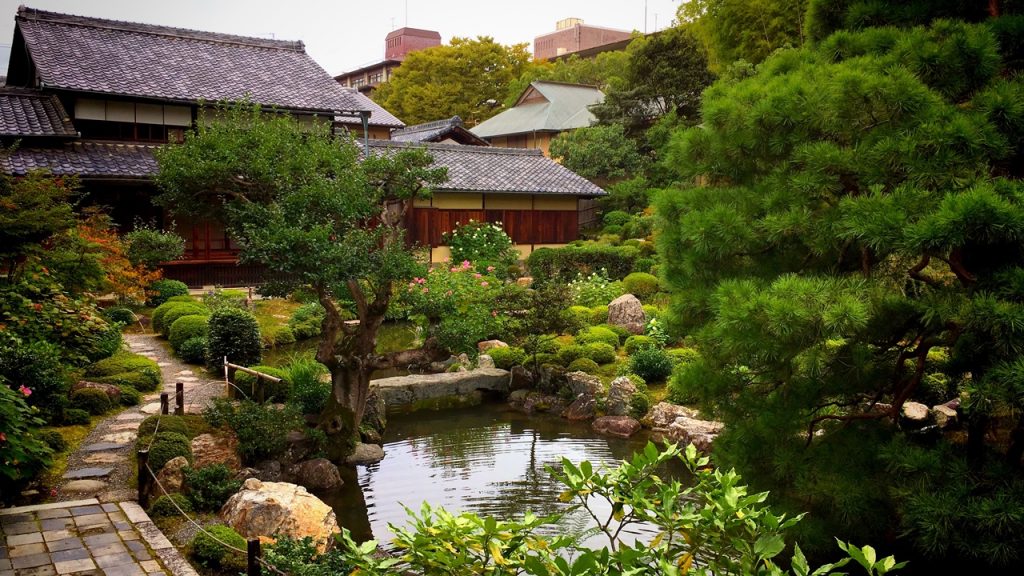
There are west garden and east garden in this garden.
This is a photo of the west garden.
Because the pond of this west garden has a shape of the flower of the confederate rose, it is called “confederate rose pond“.
The other side of this garden is a campus of Ritsumeikan University.
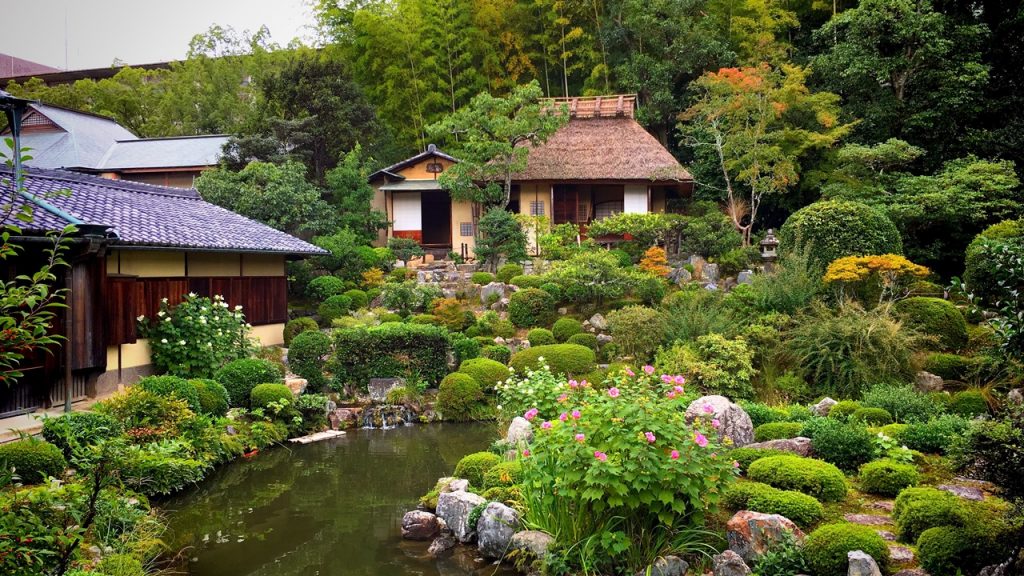
We can look at the west garden from the veranda of the Shoin (Study Hall).
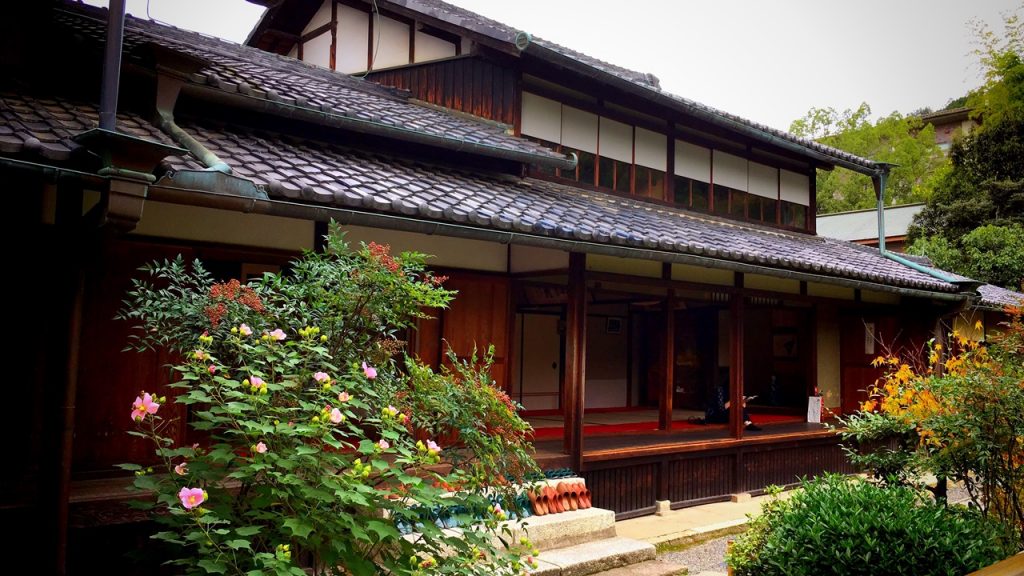
This is the inside room of the Shoin (Study Hall).
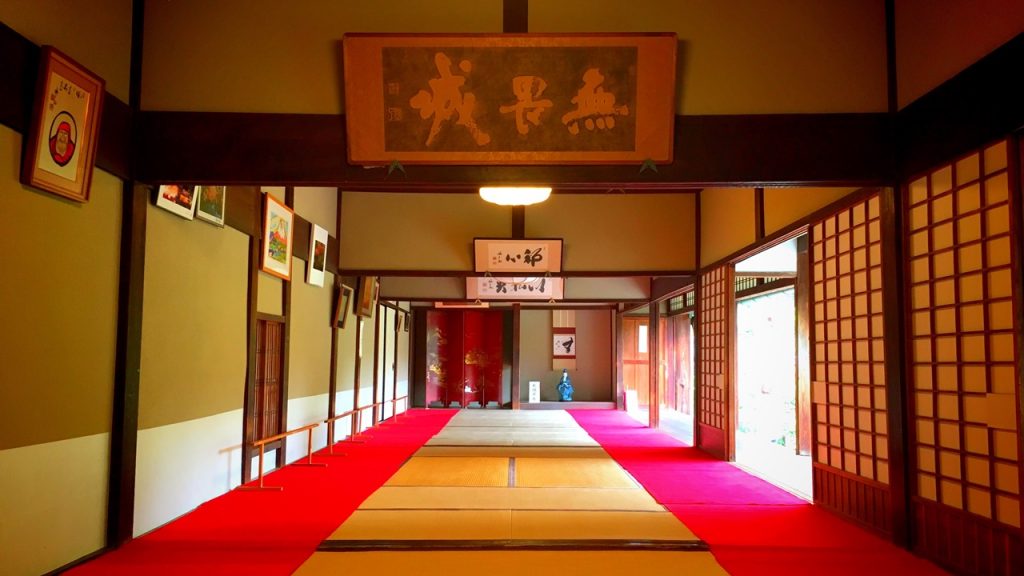
The scenery of the west garden to look at from the Shoin (Study Hall).
We can go out into the garden from this veranda. d(*゚ー゚*)
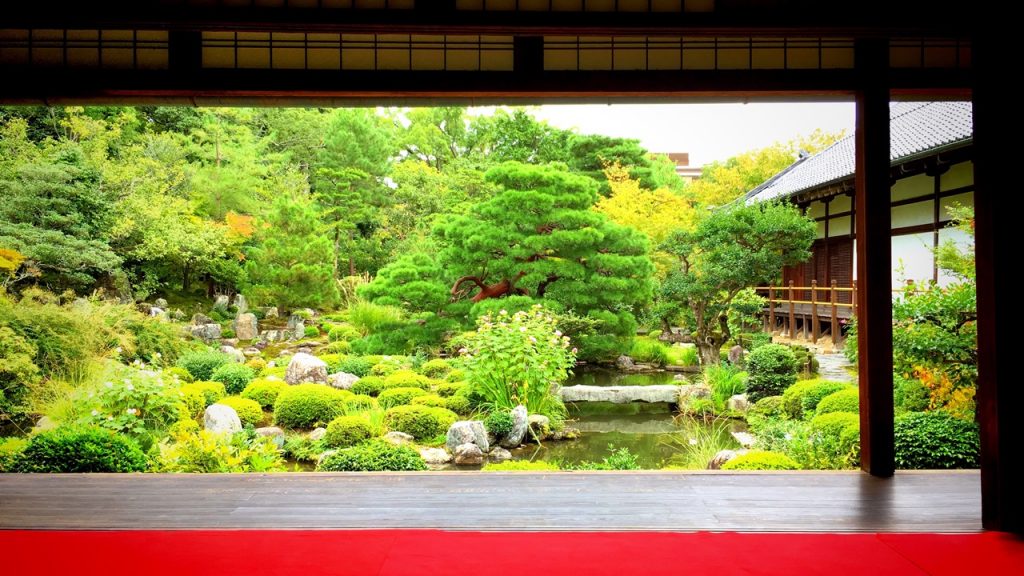
This is scenery of the west garden.
This is a tea-ceremony room called “Seiren-tei” in the west garden.
This building was built in 1457.
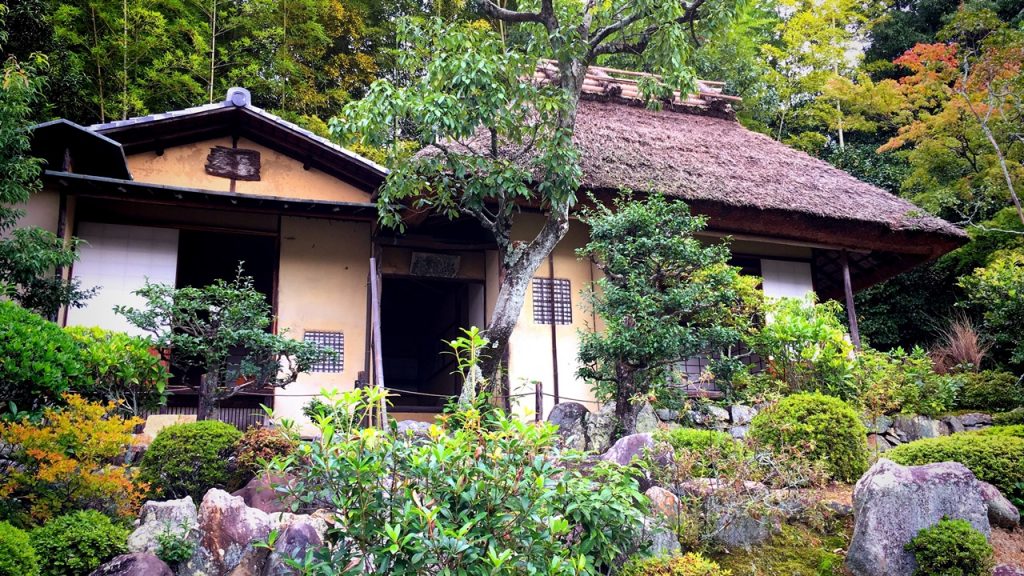
This tea-ceremony room is said to be the tea-ceremony room which Yoshimasa Ashikaga who is the 6th Muromachi Shogun liked.
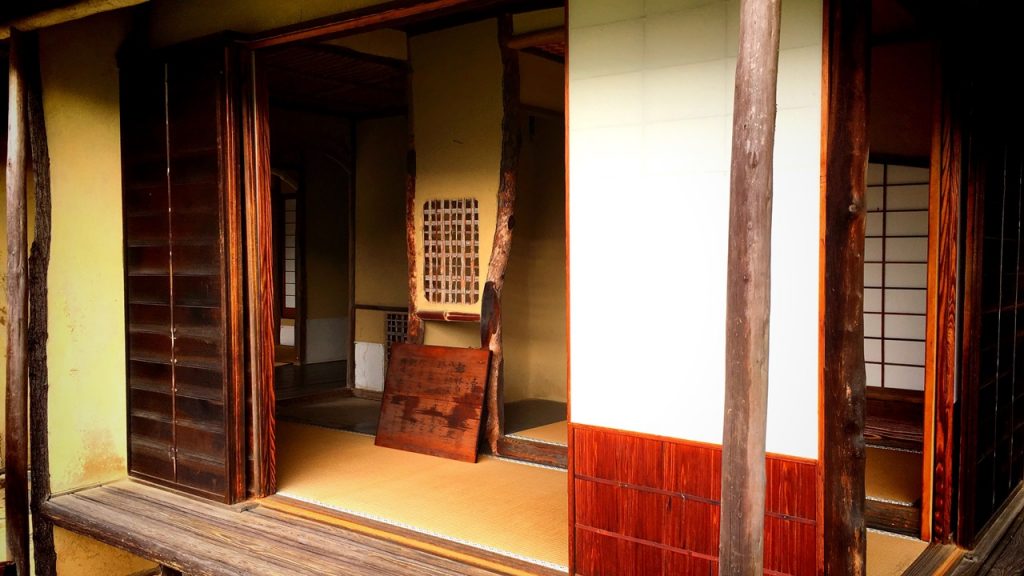
The scenery of the Hojo (Abbot’s Quarters) to look at from the west garden.
This building was removed from Myoshin-ji Temple and rebuilt here in 1818.
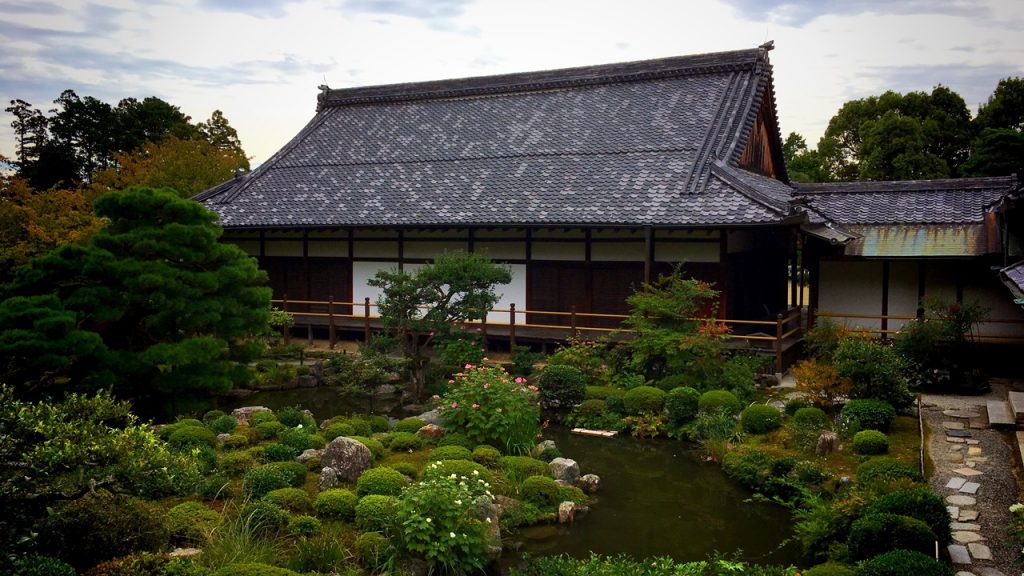
The scenery of the Shoin (Study Hall) to look at from the west garden.
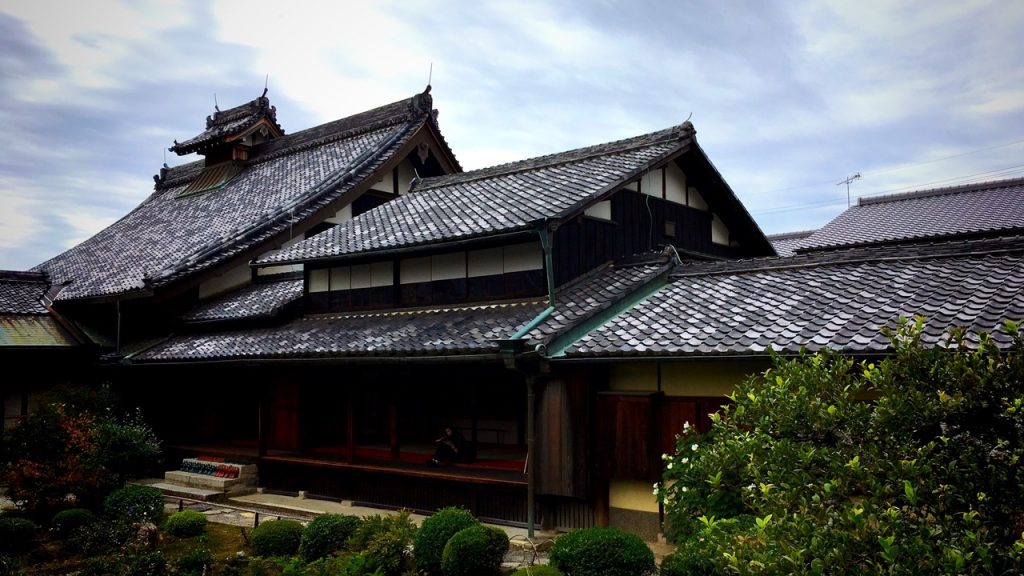
This is a tree of camellia of a kind called “Uraku-tsubaki“.
This tree is over 400 years old, and is the biggest “Uraku-tsubaki” tree in Japan.
The time of bloom is from March to April. d(*゚ー゚*)
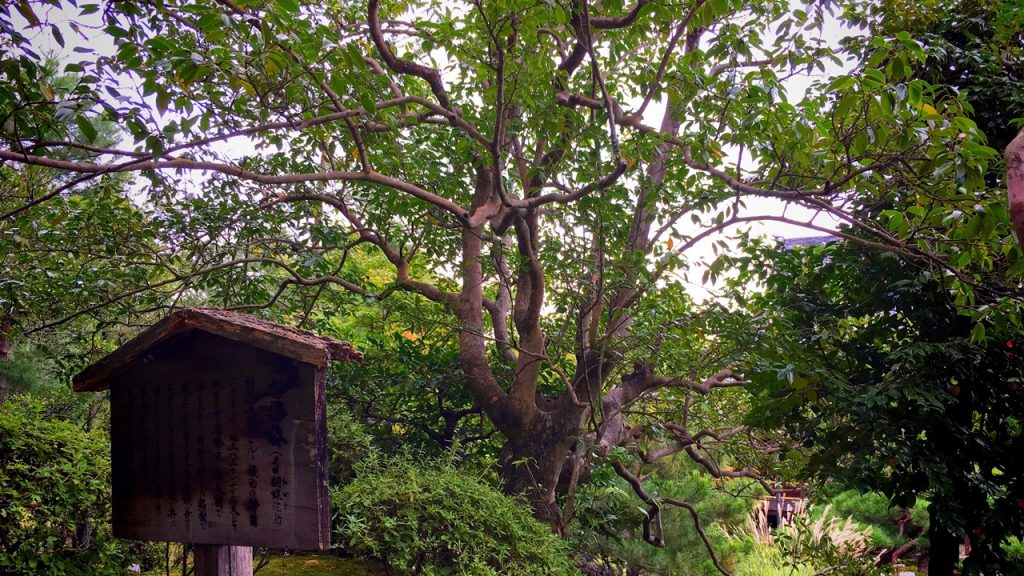
This is scenery of the east garden.
Because the pond of this west garden has a shape of “心(Heart)” of the chinese character, it is called “Shinji-ike (Heart shaped pond)“.

Two islands in this pond are called “Kameyama(Turtle shaped island)“.

A lot of maple trees are planted in the east garden.
(The middle of November is the peak of colored leaves of this temple.) d(*゚ー゚*)
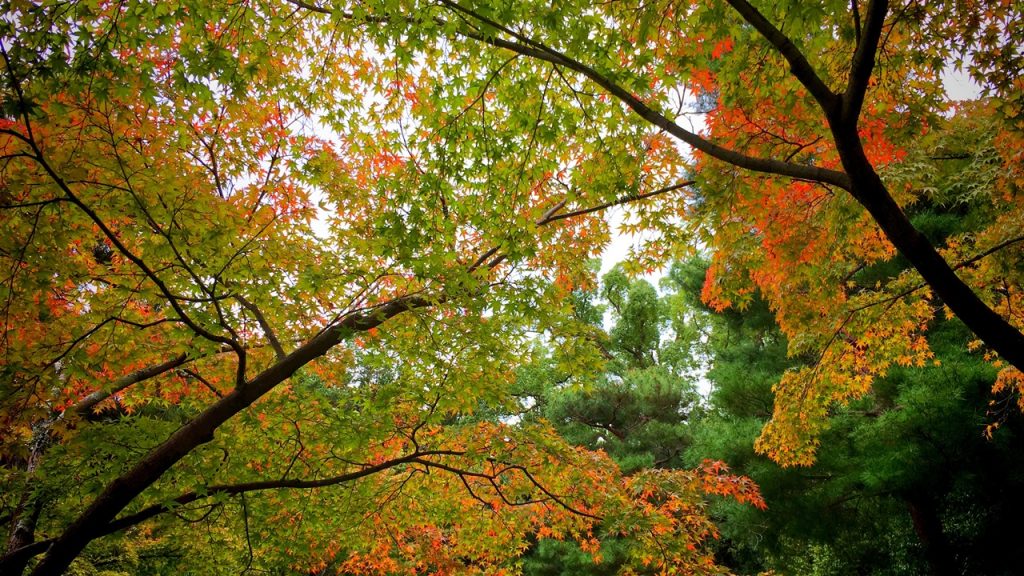
This is a grave of Takauji Ashikaga who is the ancestor of the Ashikaga family.
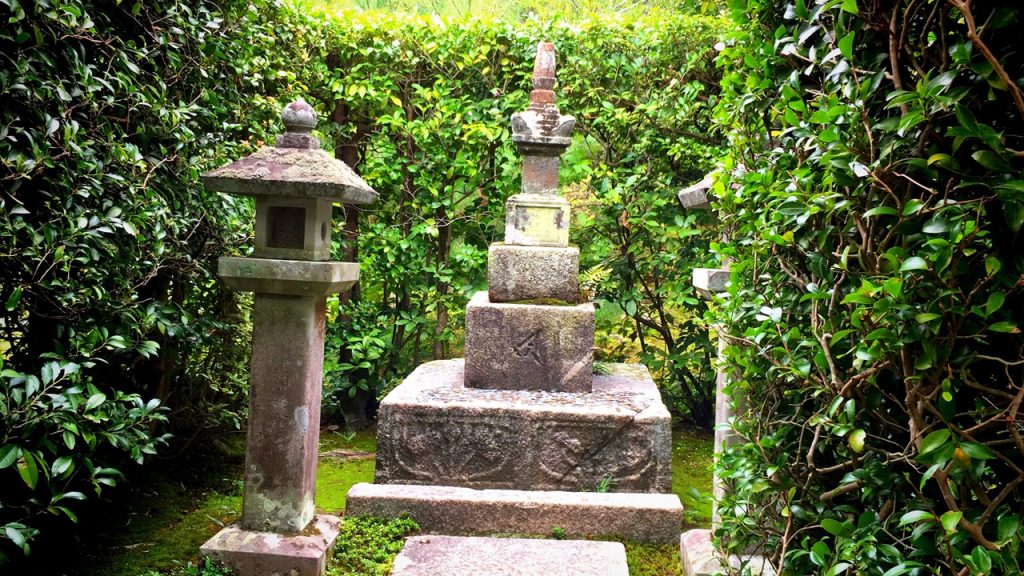
3.Goshuin of Toji-in Temple
The word which can read as “利運地蔵尊(Riun Jizoson)” is written to goshuin with a sumi.
“利運地蔵尊(Riun Jizoson)” is a principal idol of this temple.
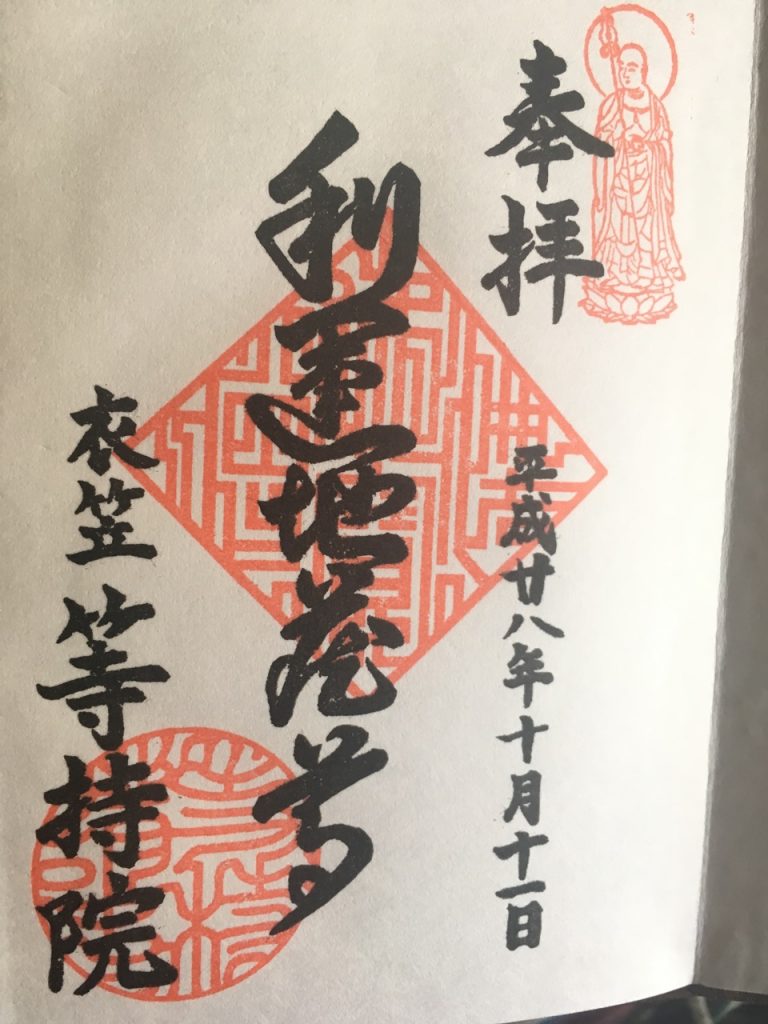
4.How to get to Toji-in Temple
The nearest station of Toji-in Temple is “Keifuku Kitano Line Tōji-in station”.
It is about 10-minutes walk from the station.
■Route Example (From Osaka Station to Tōji-in station)
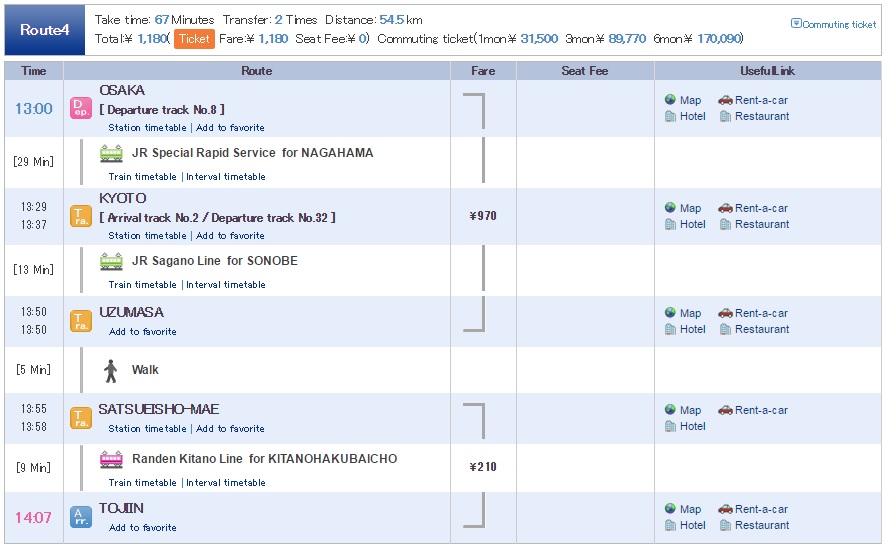
■Route Example (From Namba Station to Tōji-in station)
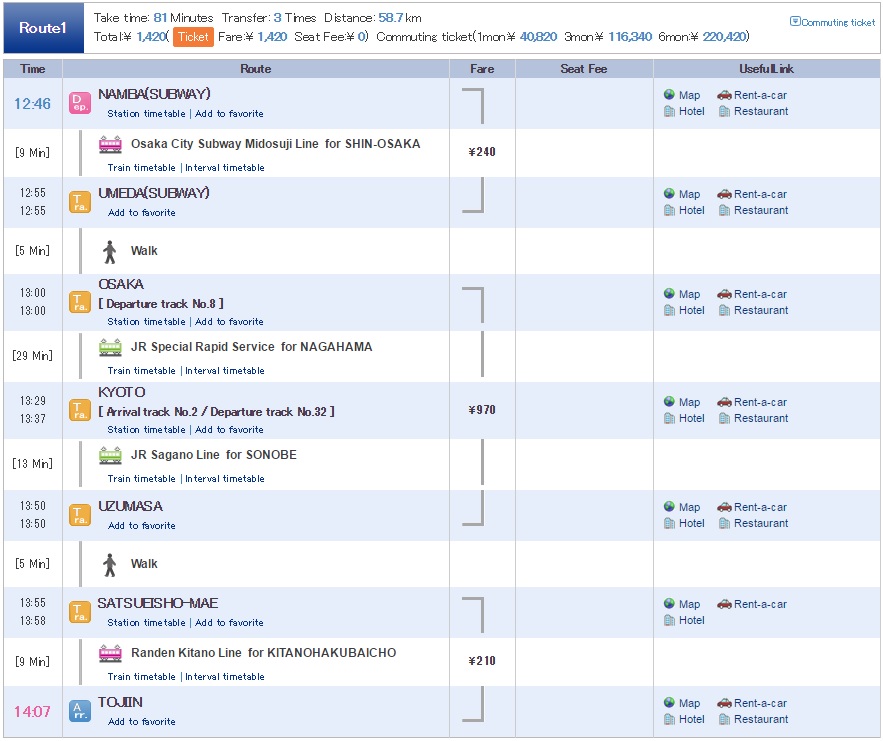
■Route Example (From Kyoto Station to Tōji-in station)
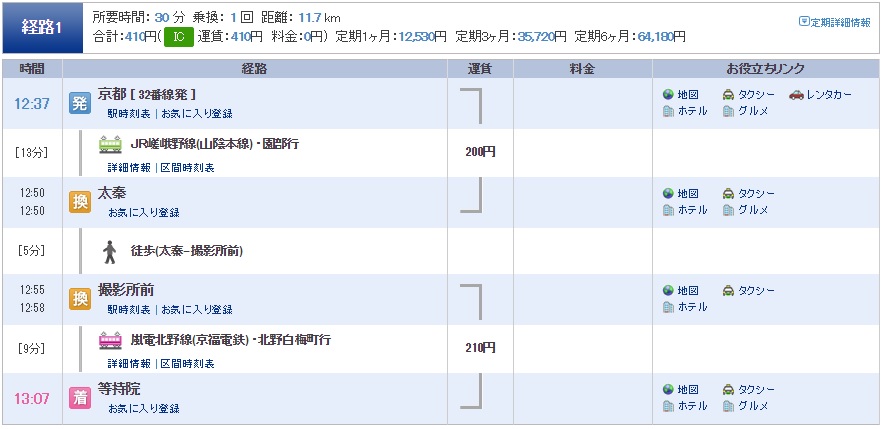
■Tōji-in station→Tōji-in Temple
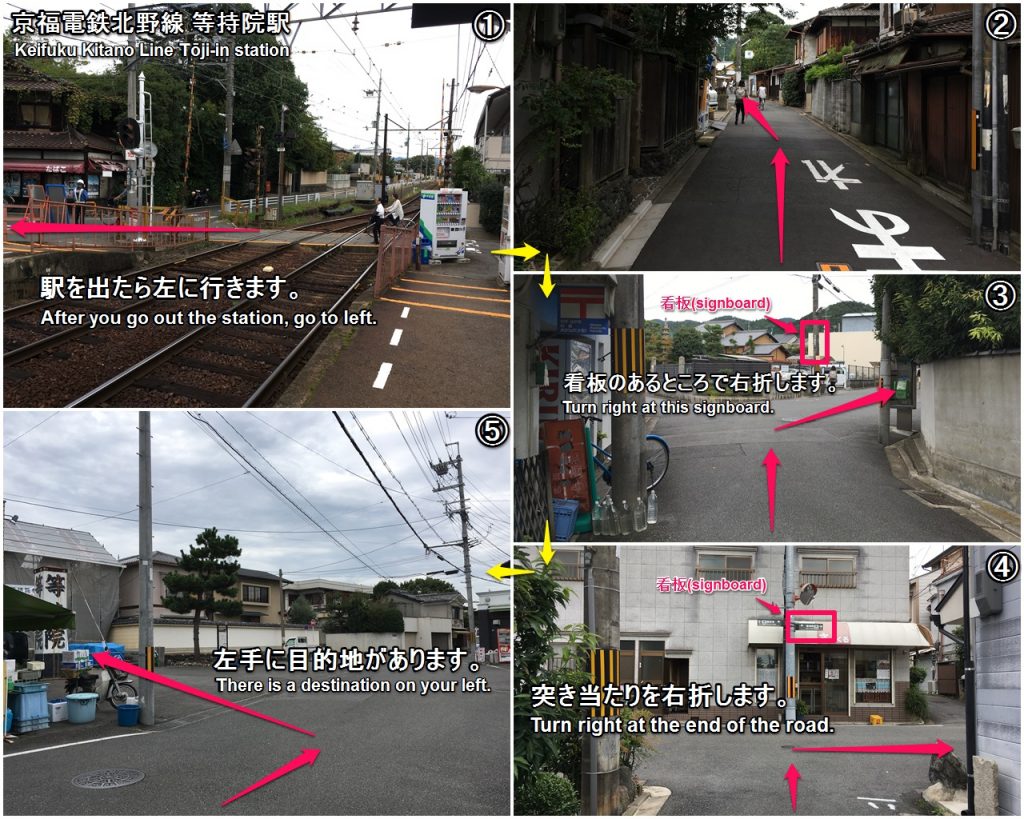
How did you like it?
Please try to go to this temple.
Have a nice trip! XD
<Let’s search the sightseeing information of Kansai in Japan on ‘Japan’s Travel Manual‘!!>
<This site introduces the easiest way to get Japanese (Kansai) sightseeing spots to you.>

